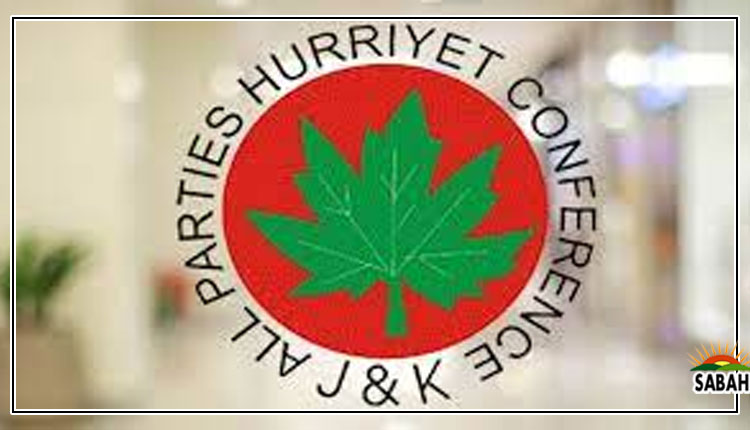High wheat prices: could official figures be wrong?… Ghasharib Shoukat/Daud Khan
Rising prices of wheat, atta and roti are creating chaos for consumers, especially the poorest sections of the populations. The governments view suggests that there is no real cause for concern. Wheat production in the 2021-22 rabi season, harvested in May-June 2022, was 27.5 million tons. This record harvest was despite the heatwaves of April and May which should have impacted output but apparently did not.
During the buying season over the summer of 2022, the government procured about 6.6 million tons. This procurement, added to the carryover stocks of about 2 million tons from the previous year, brought the total of publically held stocks to 8.6 million tons. In Pakistan, about 50% to 60% of wheat is marketed and the rest is held by farmers for their own household consumption or for supplying family members living in urban or peri-urban areas. What this means is that Pakistan started the wheat marketing year with public sector stocks of well over 50% of total market demand a relatively comfortable situation.
The government maintains that the situation has not changed substantially since then. Current stocks of wheat are around 4.6 million tons and are sufficient to meet market needs for another four months by which time the new harvest will begin to come in. In addition, and to provide a cushion, tenders have been launched for 2 million tons of wheat of which a significant part has already arrived in the country.
Under this scenario of plentiful overall supplies, the government attributes price spikes and local shortages to the unscrupulous actions of the usual suspects: hoarders and speculators, as well as traders who illegally export wheat to Afghanistan. Added to this cocktail of problems is a dash of poor coordination amongst the provinces.
If these were the real problems, all of them could be solved through firm administrative action at the federal, provincial and local level. What would be needed are a few raids on undeclared wheat stocks, followed by exemplary punishments to hoarders, speculators and smugglers. This, along with some transfer of stocks from Punjab to Khyber-Pakhtunkhwa and to Balochistan, would set everything right. In the next weeks, or at most next month, prices should come down or at least stop rising.
We all wish and pray that this assessment is correct. However, it does imply that markets and market operators are either ill-informed or are acting irrationally. Hoarders and speculators will lose money if wheat prices drop in the coming weeks and months, and those smuggling wheat to Afghanistan will find that they purchased wheat at high prices and could have done better if they had waited.
However, let us consider a hypothetical alternative scenario. Could it be that there is a real shortage of wheat? Could it be that the statistics related to wheat production are wrong and that real output was significantly lower than reported? And could it be that public stocks exist only on paper and have either been stolen, eaten by rats or simply rotted away due to the very primitive conditions in which they are stored? And could it be that our foreign exchange situation will not get better in the coming months and we may not be able to import enough wheat to meet domestic shortfalls? Is it possible that we actually risk running out of supplies before the next harvest comes on stream in May-June 2023?
Which of the two scenarios are right: the governments sanguine assessment of the situation or the nightmare of growing shortages and further rising prices? The answer pivots on how good are our statistics.
There are several factors that suggest that we actually may have a rather fuzzy idea of what is happening in the countrys agriculture sector. The last agriculture census was conducted in 2010 and the last Livestock Census was in 2006. Estimates of current production are largely based on surveys and assessments done by the understaffed and underfunded provincial Crop Reporting Services. Often these assessments are guided by the production targets set by the government. This process is no doubt prone to a margin of error. The process also leaves plenty of scope to manage numbers and in particular to report better than actual performance.
It also is likely that the tendency of the government to paint an over-optimist picture continues. The target for the wheat crop for the coming harvest has been fixed at 28.4 million tons and in late December it was stated that 92% of the sowing target has been achieved
However, a Wheat Sowing Survey by the Pakistan Agriculture Research (PAR), a research consultancy firm focused on enhancing data-driven decision-making, suggests that production is likely to be much lower, maybe even less than 26 million tons. This would imply a continuing and high import-dependence a very worrying situation in view of the foreign exchange shortages the country is facing.
And what if the numbers for wheat are managed and actually give a wrong picture? Could it be that other numbers are also managed and give a wrong picture? It is worth recalling that GDP growth was revised from 3.9% to almost 6% a figure that is often quoted as proof of the outstanding performance of the previous government. Could this also be a bit of creative accounting?
Courtesy The Express Tribune












